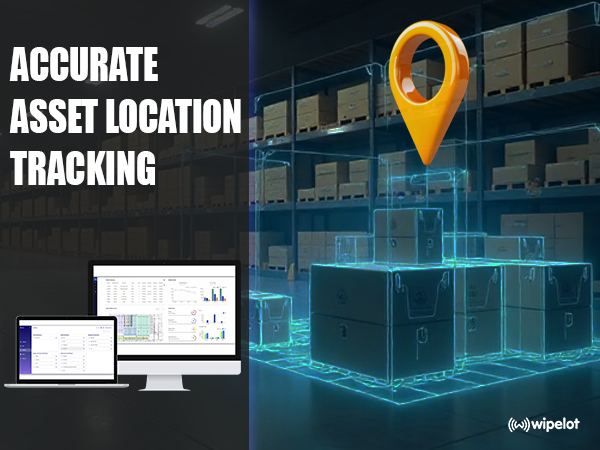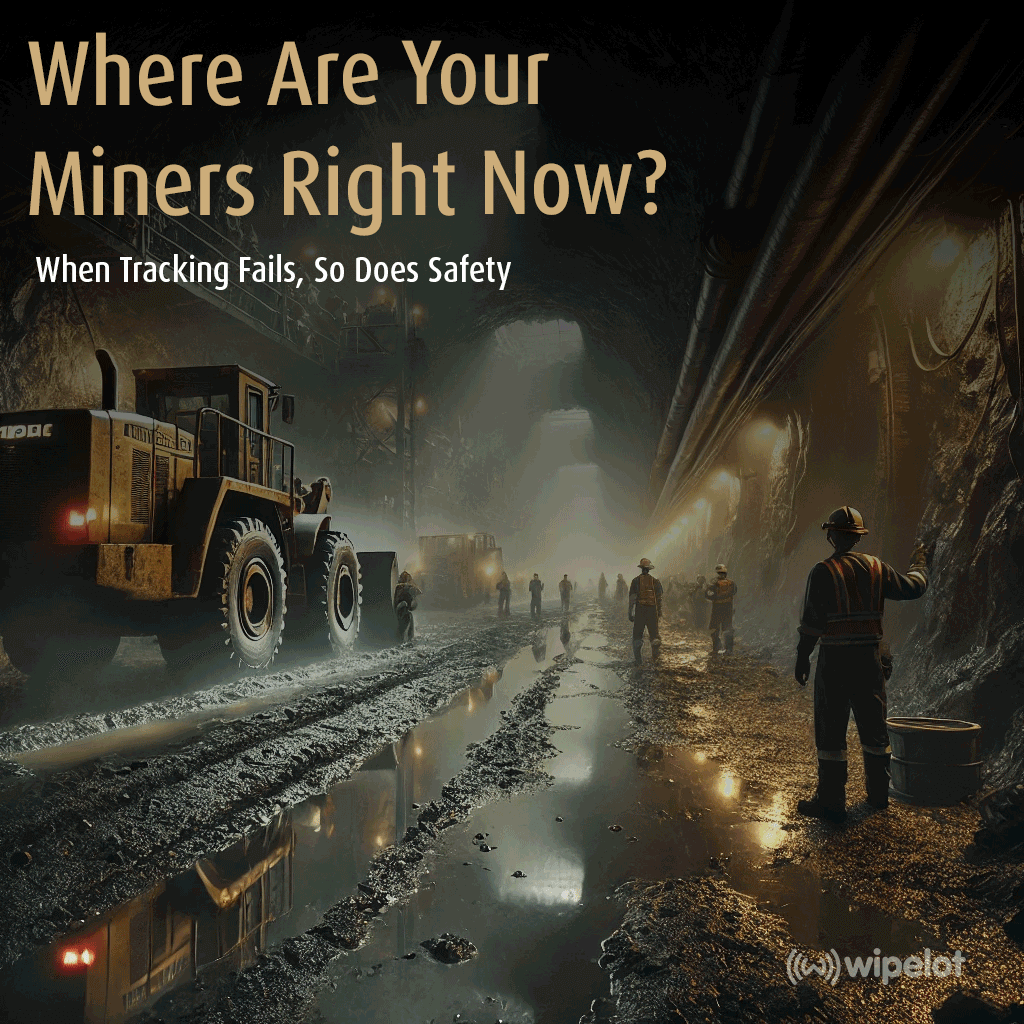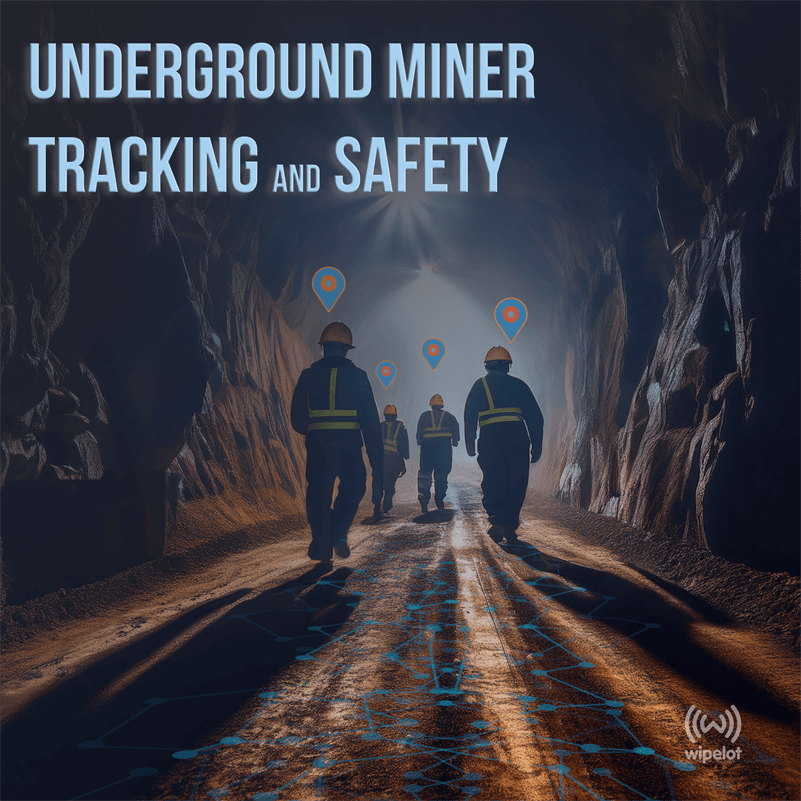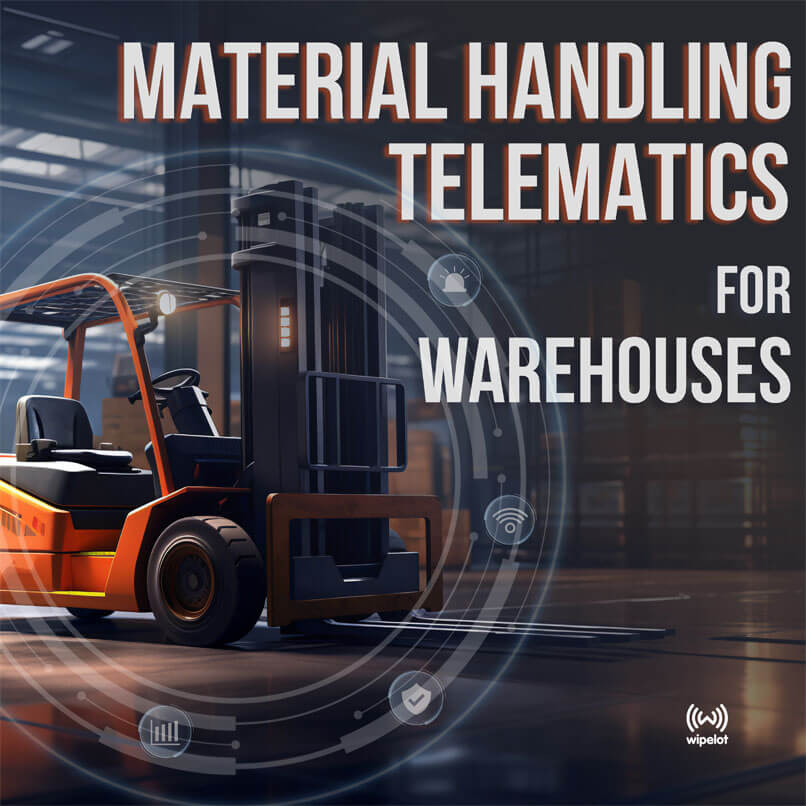Heavy Equipment & Pedestrian Collision Prevention
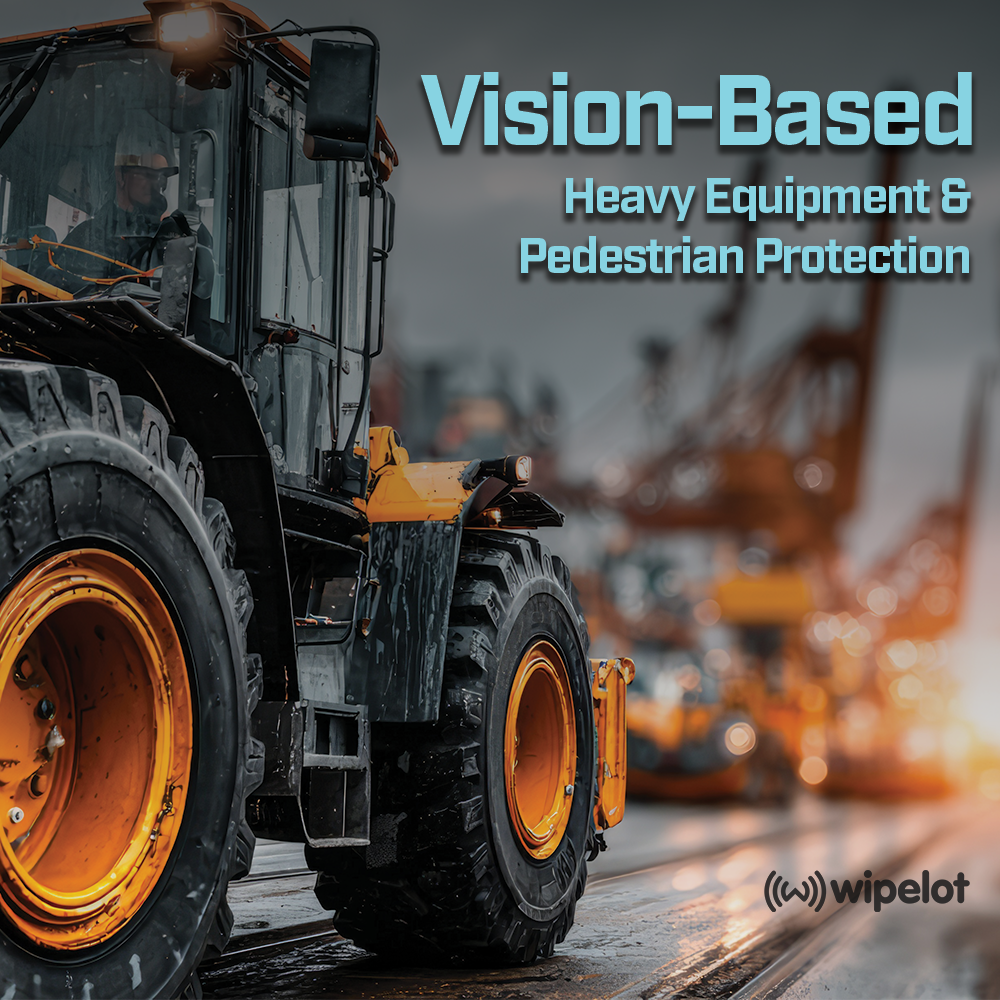
Vision-Based Zone Safety in Industry: Heavy Equipment and Pedestrian Protection
Heavy industries—from manufacturing to chemical processing—form the backbone of modern production. These facilities operate at extraordinary scales, moving thousands of tons of materials daily through complex networks of zones and corridors. Yet, this operational intensity comes with inherent risk. Heavy equipment navigates tight spaces, pedestrians cross high-traffic zones, and blind spots create dangerous intersections where visibility is limited and reaction time is critical.
The statistics are sobering. According to OSHA, heavy equipment-related incidents account for approximately 85 fatalities and 34,900 serious injuries annually in industrial settings. In environments defined by heavy loads, restricted sightlines, and constant movement, every intersection becomes a potential hazard. Traditional safety measures, while important, rely heavily on human vigilance in conditions where visibility and attention are compromised. The cost extends beyond human tragedy; incidents disrupt production, trigger regulatory scrutiny, and create liabilities reaching into the millions. Conventional approaches are simply no longer sufficient.
From Blind Spots to Complete Visibility
Wipelot has developed an intelligent camera-based safety system that completely transforms how heavy industries protect their workforce. Unlike passive warning systems that depend solely on operator awareness, our AI-powered vision technology actively scran high-risk zones, detects pedestrians in real-time, and intervenes before accidents occur. Through strategically positioned smart cameras integrated with advanced RTLS technology algorithms, Wipelot's system creates a protective shield around moving heavy machinery. The technology doesn't just see—it understands. It distinguishes between pedestrians, heavy equipment, and stationary objects; tracks movement patterns; and predicts potential collision paths.
When a pedestrian enters a restricted zone or approaches a heavy equipment's blind spot, the response is immediate: LED projections illuminate warning and auditory alerts notify both heavy equipment operators and nearby workers.
Proven Protection Across Heavy Industry
Heavy manufacturers, chemical plants, and heavy industrial facilities have successfully deployed Wipelot's vision-based safety system with measurable results. The technology prevents collisions at critical intersections, protects workers in busy loading and cross-traffic zones where pedestrians and heavy machinery converge, monitors restricted areas to ensure unauthorized personnel stay clear of active machinery, maintaining protection 24/7 regardless of the operational tempo.
Why Choose Wipelot Vision Safety
- Intelligent Detection: Recognition distinguishes pedestrians from objects with precision, eliminating false alarms while catching real threats.
- Proactive Intervention: Multi-sensory alerts reach operators and workers before dangerous situations develop into incidents.
- Complete Coverage: Strategic camera placement ensures no blind spot goes unmonitored, no matter how complex the facility layout.
- Regulatory Alignment: The system supports compliance with OSHA, HSE, and industry-specific safety standards while providing audit-ready documentation.
- Scalable Deployment: From single high-risk zones to facility-wide implementation, the system grows with your safety needs.
Technology That Protects Lives and Operations
In industries where materials are heavy, movements are constant, and margins for error are zero, safety cannot be an afterthought. With Wipelot, heavy industrial facilities gain more than a warning system—they gain an intelligent safety partner that sees what humans cannot, reacts faster than reflexes allow, and transforms high-risk environments into protected spaces where people and productivity coexist safely.
Protecting your workforce isn't just about compliance—it's about ensuring everyone goes home safely, every single day.
Frequently Asked Questions (FAQ)
- Q: What is Wipelot's Vision-Based Safety System?
- A: It is an intelligent system that uses strategically positioned smart cameras and RTLS algorithms to actively monitor high-risk industrial zones. It transforms blind spots into areas of complete visibility, detecting pedestrians and heavy equipment in real time.
- Q: How does the system actively prevent heavy machinery accidents?
- A: The technology predicts collision paths by distinguishing pedestrians from objects and tracking their movement patterns. It triggers immediate, multi-layered alerts, LED and auditory warnings, allowing operators and workers critical time to react.
- Q: What unique advantages does this vision-based system offer over traditional safety measures?
- A: Unlike conventional methods that rely on human vigilance, Wipelot's system provides continuous 24/7 protection and proactive intervention by predicting hazards. It supports compliance with standards like OSHA and HSE while drastically reducing operational downtime caused by incidents.
- Q: In which environments or industries is this camera system most effective?
- A: The solution delivers proven results in heavy industrial settings like chemical plants, heavy manufacturing facilities, and large logistics operations where constant movement and restricted sightlines create frequent pedestrian/vehicle convergence points.
- Ready to eliminate blind spots in your facility? Let's discuss how Wipelot's safety solutions can protect your workforce and operations...
